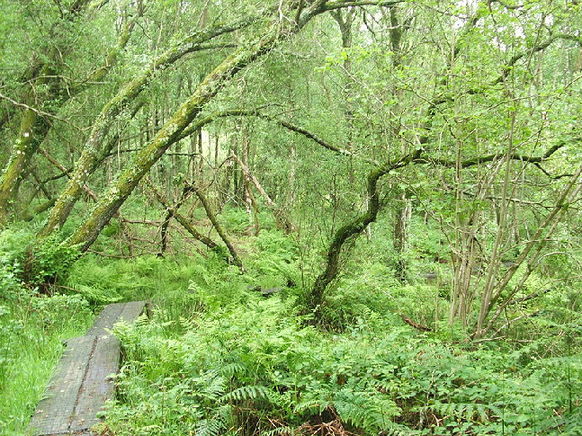Wet woodlands 'at risk from water crisis'
 0 Comment(s)
0 Comment(s) Print
Print E-mail China.org.cn, November 4, 2013
E-mail China.org.cn, November 4, 2013
Nations around the world need to cut back on their water use if they want to save their precious woodlands and rivers, scientists at the Australia's National Centre for Groundwater Research and Training (NCGRT) warn, according to SciNews.com.au.
 |
|
A wet woodland. [File photo] |
The work of PhD researcher Sepideh Zolfaghar reveals that even trees in areas with abundant rainfall are at risk from over-extraction of groundwater.
"Most groundwater research has focused on dry and semi-dry environments because there is much less water available and the trees are at risk of dying if too much groundwater is taken from these areas," said Professor Derek Eamus of NCGRT and University Technology of Sydney (UTS) who supervised the research.
"However, we have now shown that even trees growing in wet climates are far more sensitive to water stress than we originally thought and may be less likely to survive if too much groundwater is extracted."
Currently, it is estimated, the world is extracting around 1,000 cubic kilometers of groundwater every year -- often far more than is naturally replaced from rainfall -- and this is causing water shortages in many regions.
Zolfaghar explained that in regions with high rates of rainfall, if the water table is sufficiently shallow, forests will use this source of water. "But this is also why they can't cope with a sudden water shortage," she said.
"They've grown in an environment where water supply is continuous and plentiful, so they haven't evolved to cope with droughts. Trees in dry areas, in comparison, have developed drought resistance and are more resilient."
In the research, Zolfaghar studied how groundwater depth affects eucalypts in a humid forest in New South Wales (NSW), Australia. Currently, the NSW government has reserved the groundwater beneath this forest for future use in Sydney, NSW, in case of drought.
"We found that once the groundwater depth exceeded 10 meters, the trees became less productive," said Zolfaghar. "When groundwater depth increased from 5.5 meters to 9.8 meters, the trees were significantly shorter and tree density -- the number of trees per hectare of land -- was much lower than when groundwater depth was shallow. "When water supplies are reduced, such as when too much groundwater is extracted, trees absorb less carbon dioxide. This means they can't grow as fast or as tall as when water supply is abundant."





